Enamel on sterling silver charms
Openwork hearts are filled with colorful enamel on this sterling silver charm.
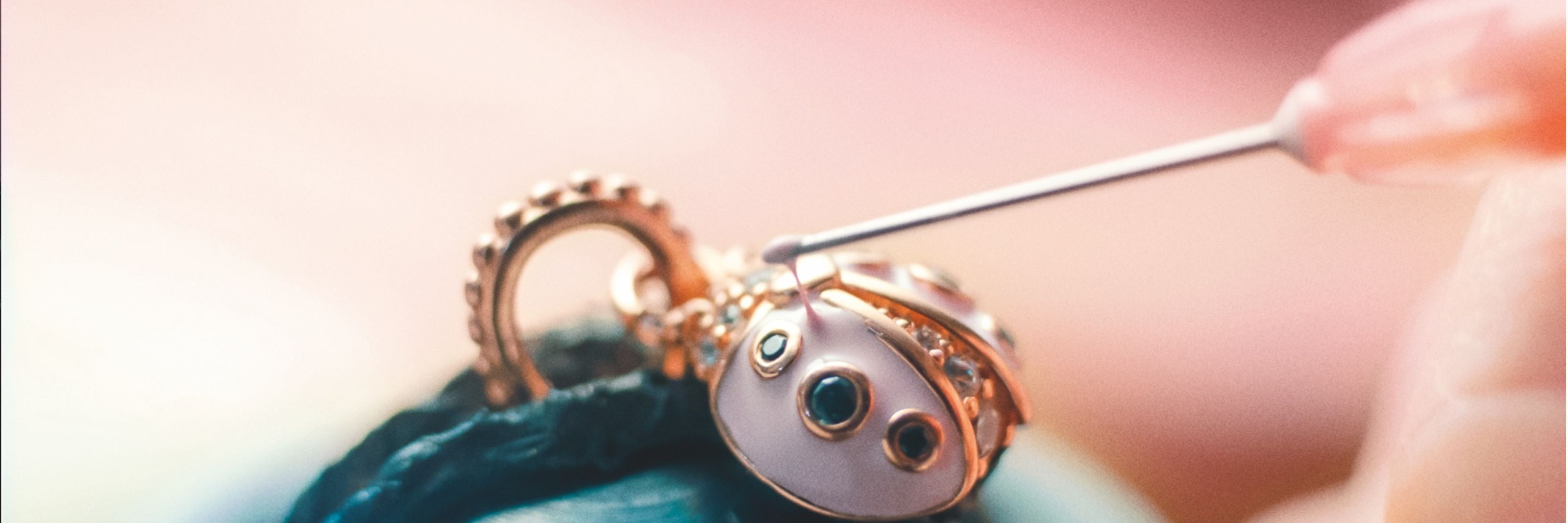
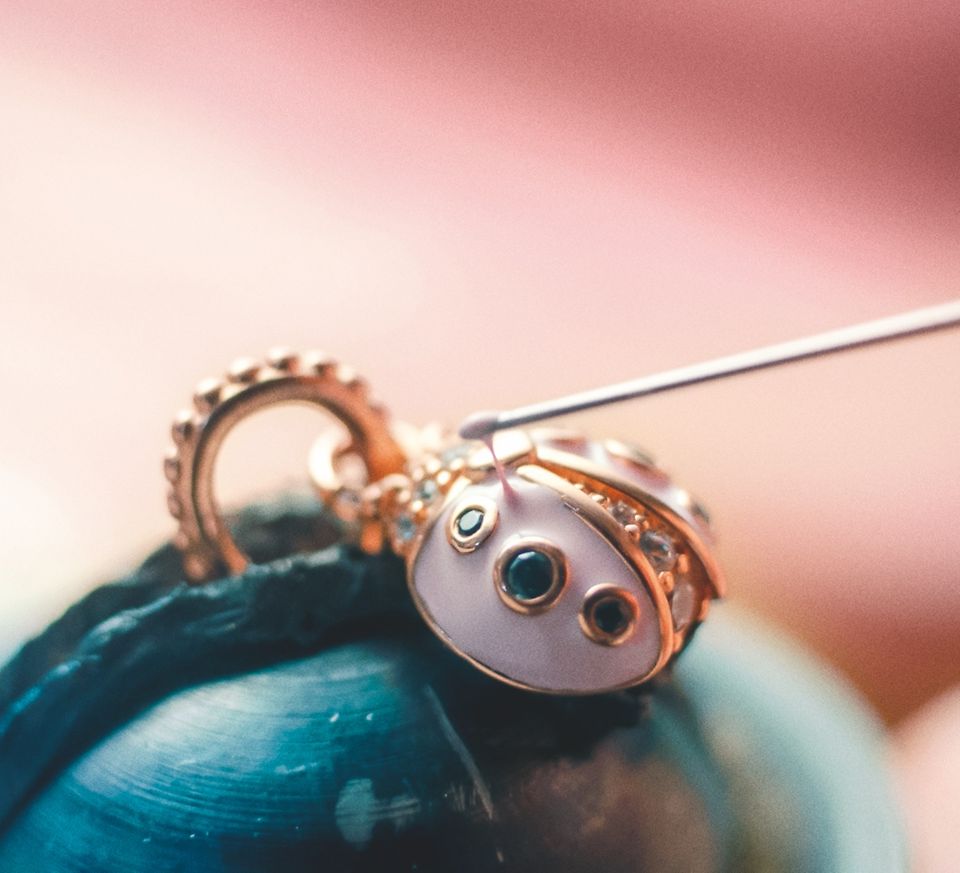
Welcome to the world of hand-applied glossy enamel, used in many Pandora designs to add detail to storytelling and a decorative effect.
While traditional enamel is glass based, Pandora uses epoxy resin enamel, which does not contain glass and is far more resistant than the original glass based material.
Pandora’s enamel is therefore better for hard wearing – which is crucial for charms and rings that are often subjected to daily wear and tear.
On most jewelry items, Pandora uses a traditional technique called 'hot enameling', where the enamel paste is applied to recesses in the jewelry pieces.
First, colours are mixed, then it is applied by hand using a needle, and then it's levelled with a toothpick-like instrument before bubbles are removed with a flame.
Once the enamel has been applied, it's cured in an oven in order to fuse it to the metal surface of the jewelry and make it more resistant to heat and chemicals.
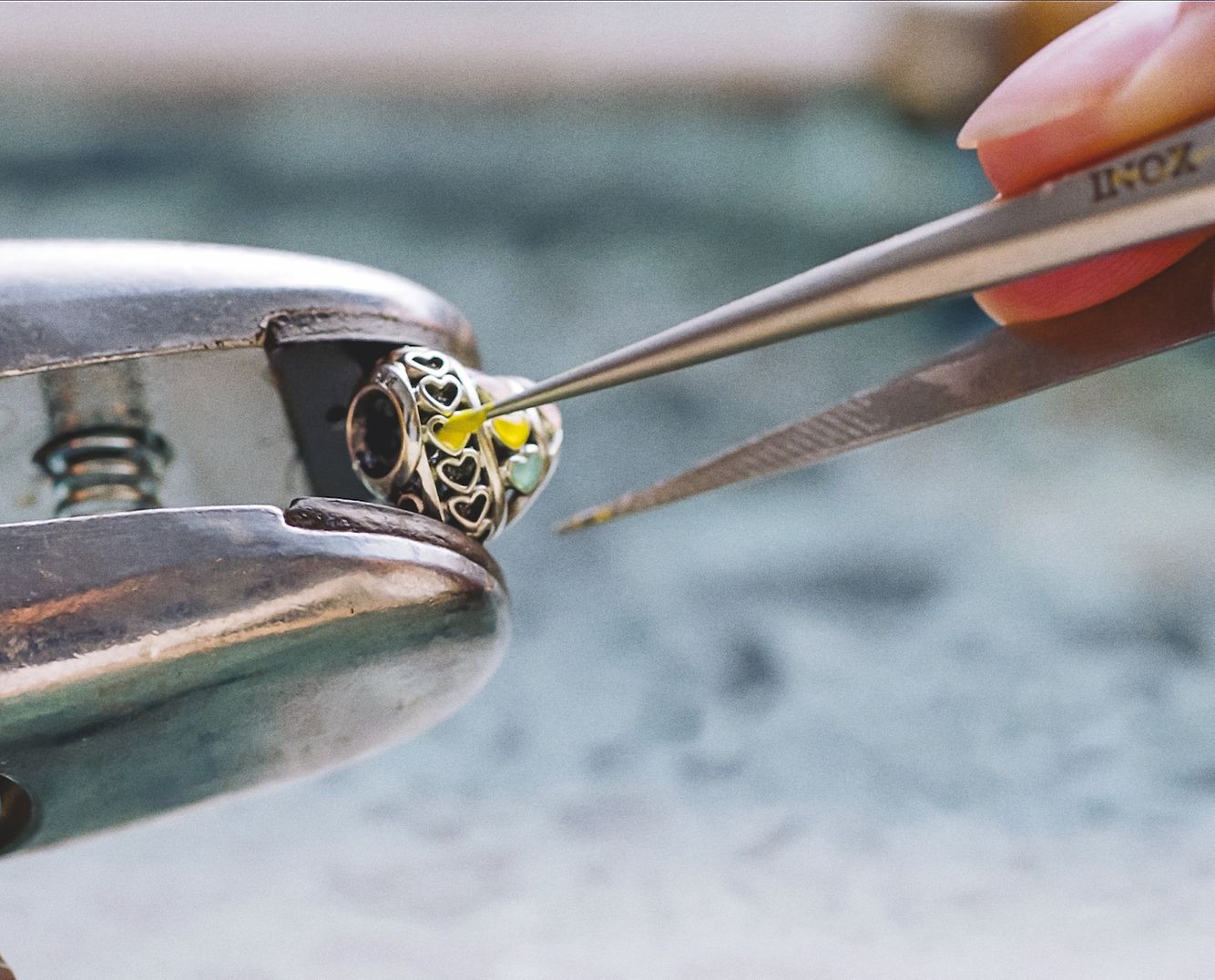
Openwork hearts are filled with colorful enamel on this sterling silver charm.
Pandora uses enamel with seven different levels of transparency to create a number of beautiful effects to our jewelry designs.

Cloisonné and champlevé enameling techniques are used to add color to metalwork by creating small compartments which are filled with enamel paste. While the cloisonné technique creates partitions above the surface of the metal object, the champlevé technique involves the creation of depressions below the surface.
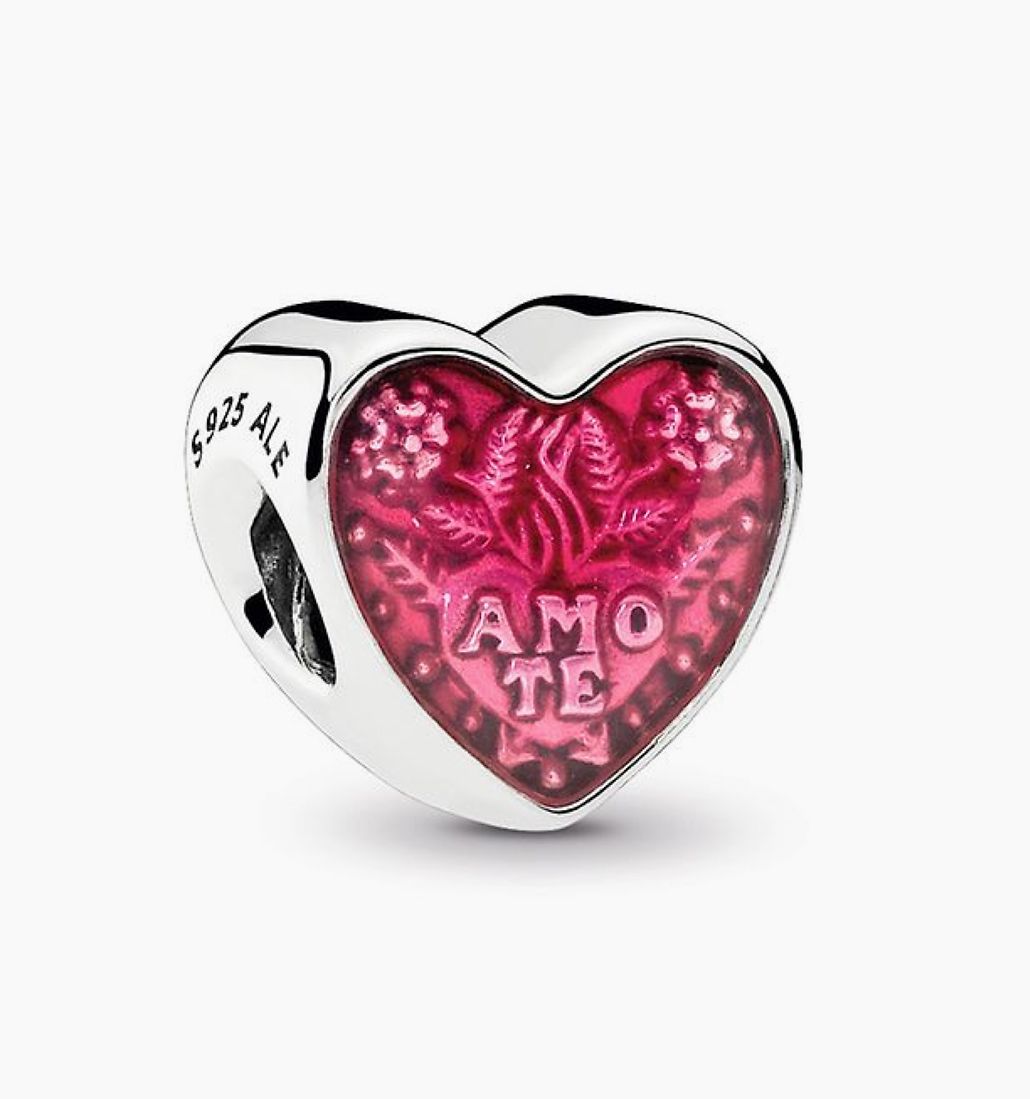
A technique that reveals the base patterns of a jewelry design, the basse-taille – or “low cut” – technique applies clear enamel to the surface of the metal, revealing the pattern underneath when the light hits it.
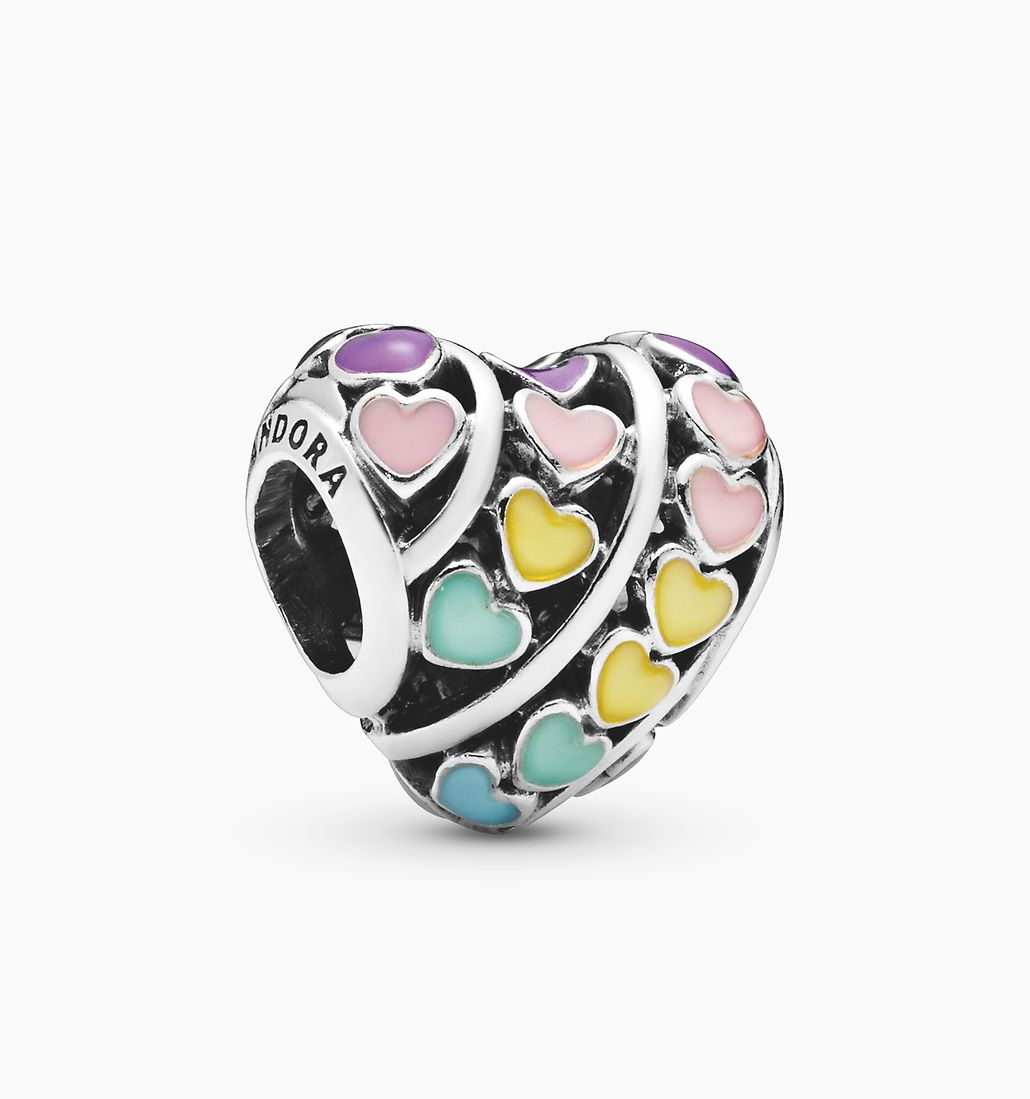
Vibrant enamel hues are used to create a beautiful rainbow effect on the new jewelry pieces. The colours are not those of a traditional rainbow but has gained a more feminine, Pandora twist.

The shaded enamel process involves multiple layers of enamel applied to a piece of jewelry to create a naturalistic effect. Deep sterling silver channels are made in the jeweler piece to house the first layer of enamel, which is applied by hand. A second layer of enamel is used to create the shaded effect, adding more concentrated amounts of the color to certain areas. A final transparent enamel coating is added on top to ensure a smooth surface and even shading. After each of the three layers of enamel is applied, the jewelry piece is then fired in an oven.
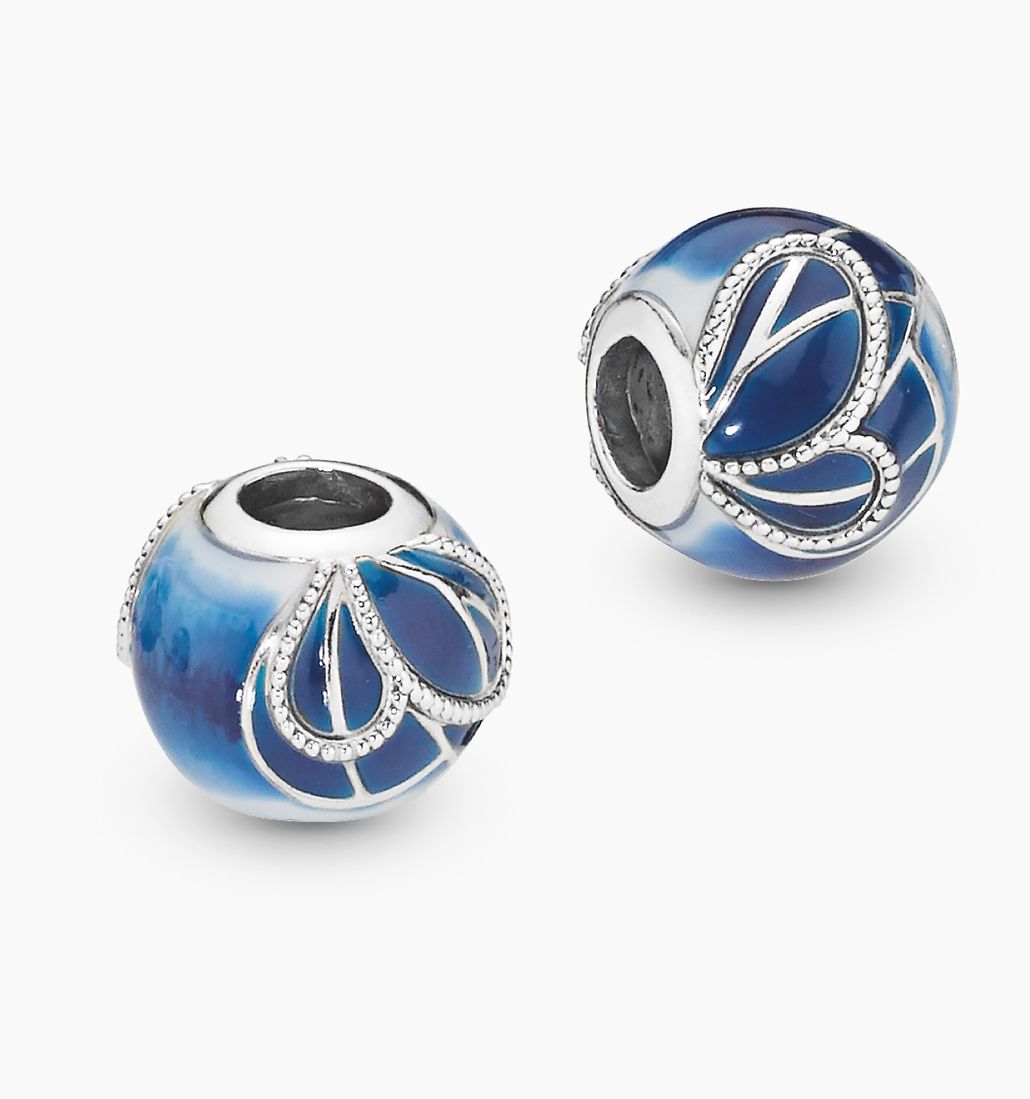
We create a tie-dye effect with shades of blue enamel on this Blue Butterfly Wing charm to recreate the visual effect of butterfly wings.
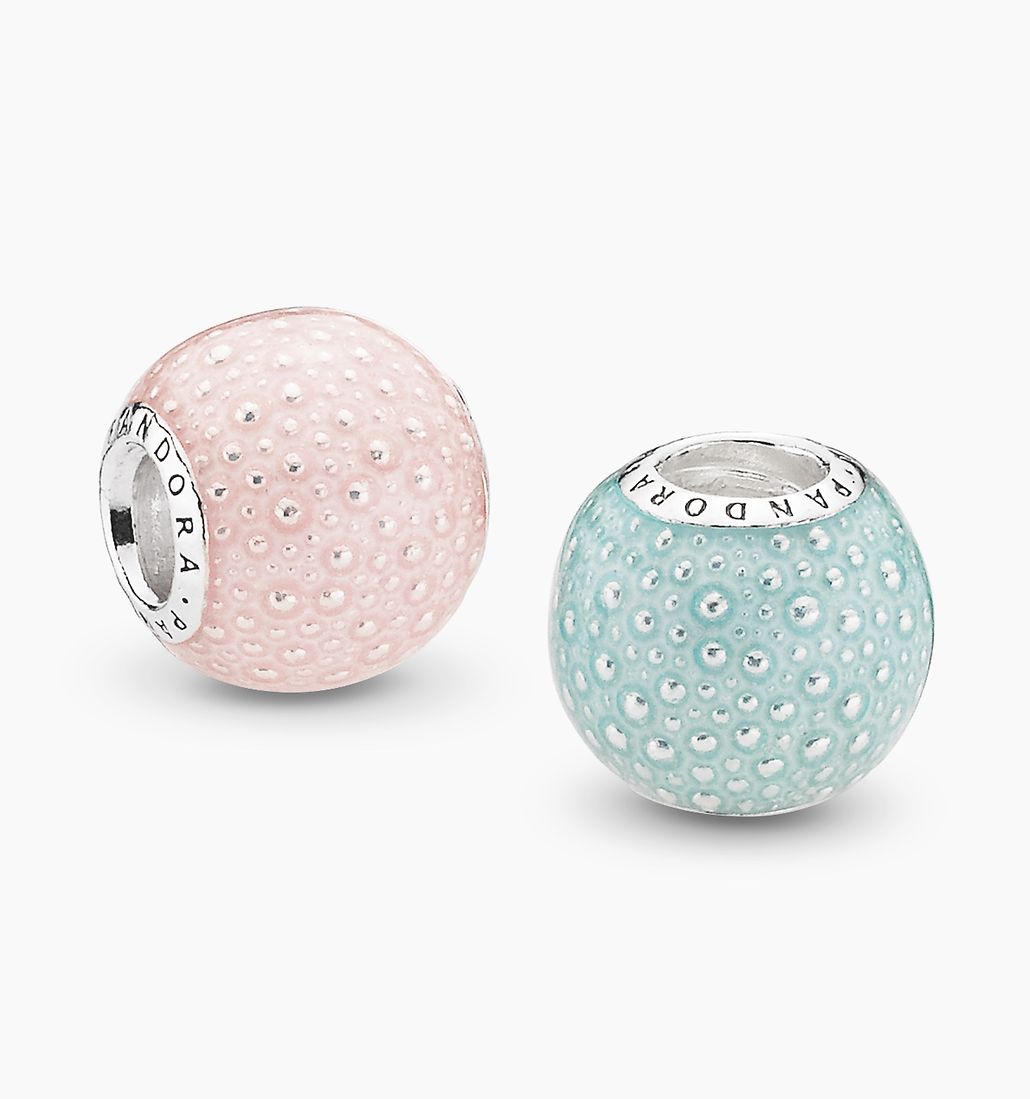
Painted over sterling silver ball charms with beaded details, transparent enamel creates a bubble-like effect that is simple yet striking.
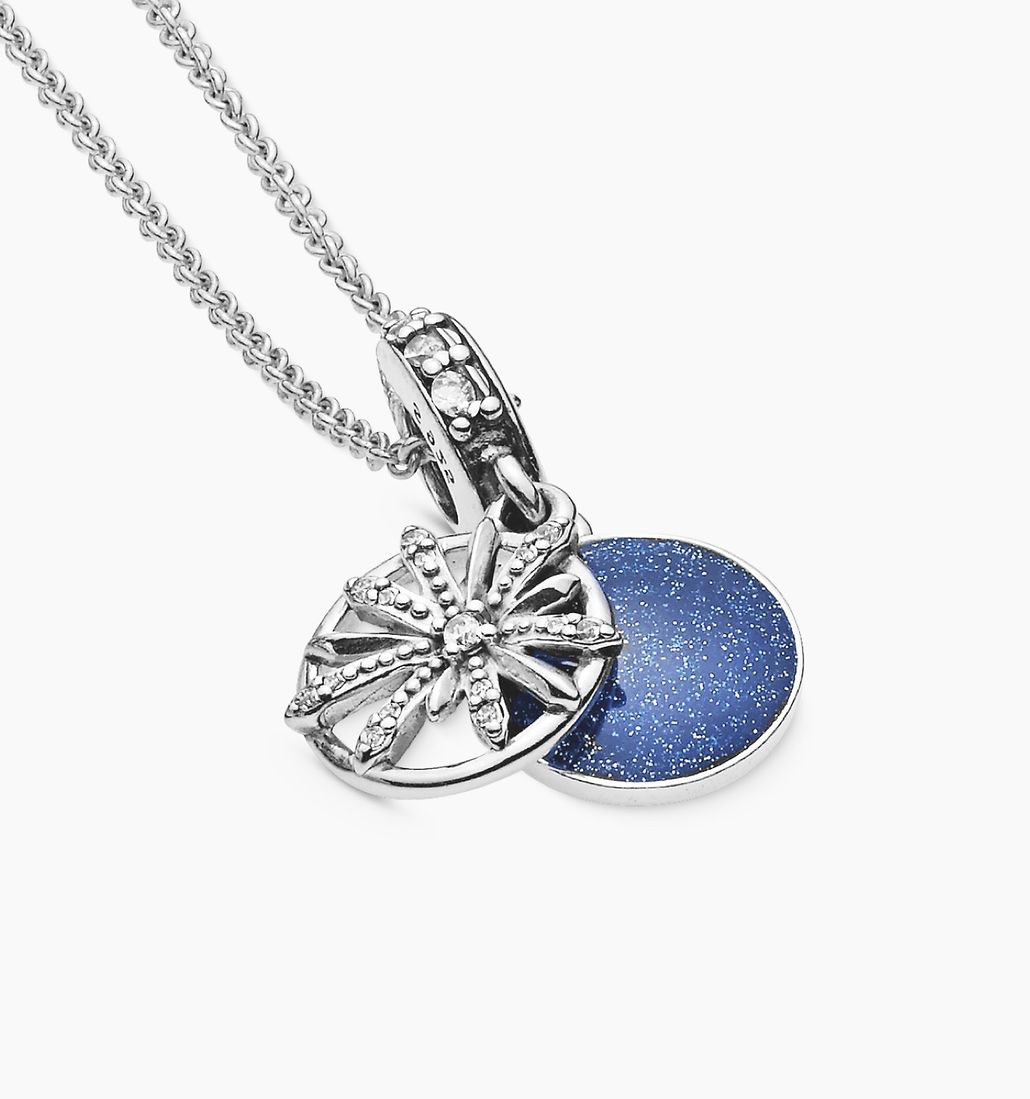
Sprinkled with glitter for subtle sparkle, our glitter enamel creates a timeless and magical expression on jewelry designs, as well as a sense of depth.